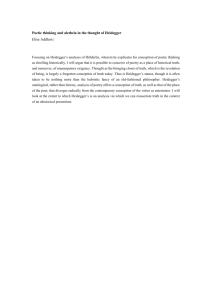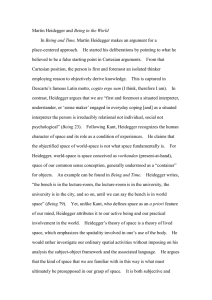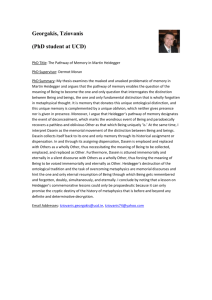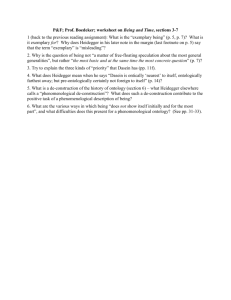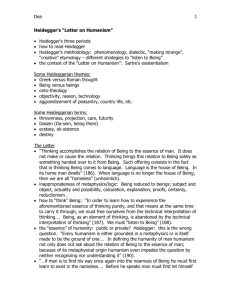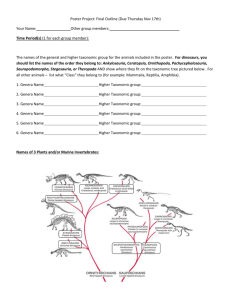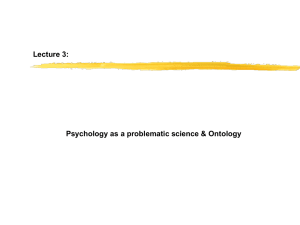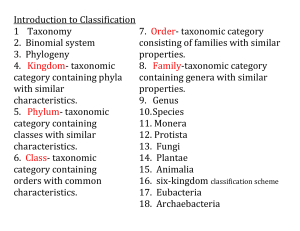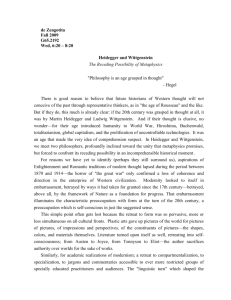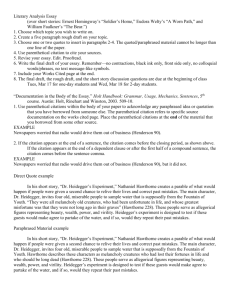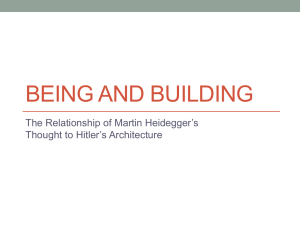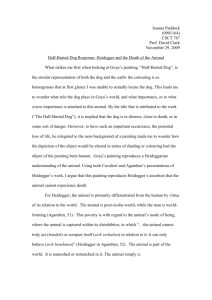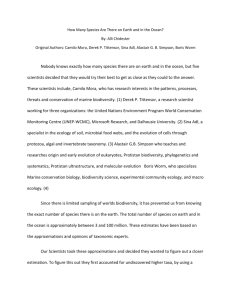Lesson plan 7 - NMSU College of Business
advertisement
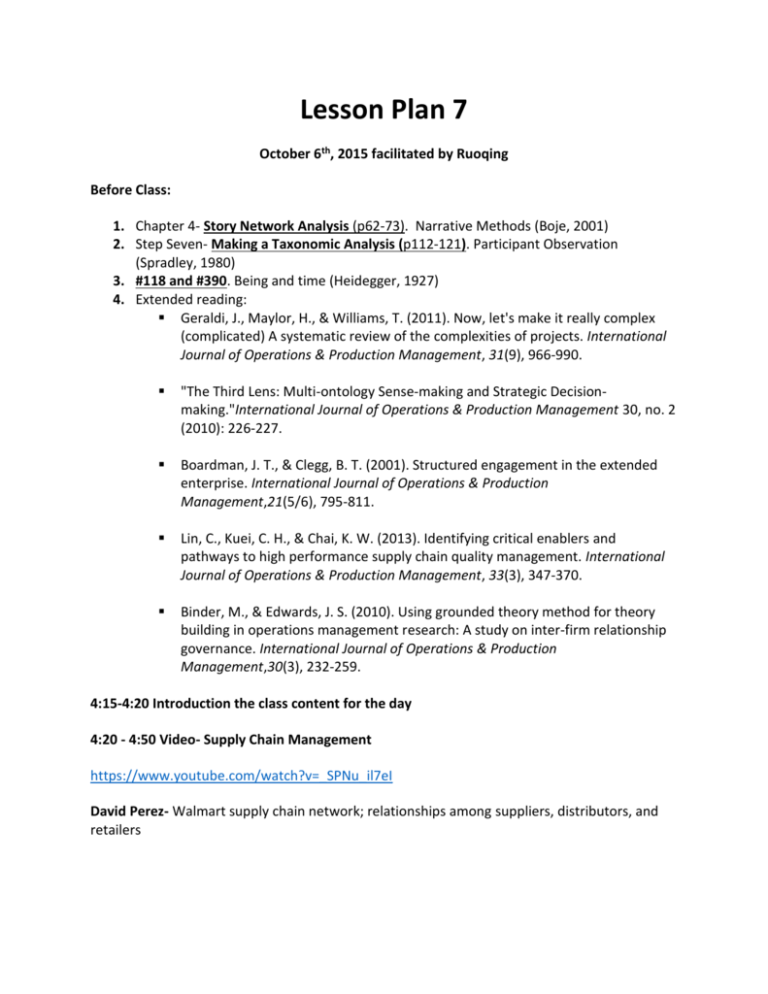
Lesson Plan 7 October 6th, 2015 facilitated by Ruoqing Before Class: 1. Chapter 4- Story Network Analysis (p62-73). Narrative Methods (Boje, 2001) 2. Step Seven- Making a Taxonomic Analysis (p112-121). Participant Observation (Spradley, 1980) 3. #118 and #390. Being and time (Heidegger, 1927) 4. Extended reading: Geraldi, J., Maylor, H., & Williams, T. (2011). Now, let's make it really complex (complicated) A systematic review of the complexities of projects. International Journal of Operations & Production Management, 31(9), 966-990. "The Third Lens: Multi-ontology Sense-making and Strategic Decisionmaking."International Journal of Operations & Production Management 30, no. 2 (2010): 226-227. Boardman, J. T., & Clegg, B. T. (2001). Structured engagement in the extended enterprise. International Journal of Operations & Production Management,21(5/6), 795-811. Lin, C., Kuei, C. H., & Chai, K. W. (2013). Identifying critical enablers and pathways to high performance supply chain quality management. International Journal of Operations & Production Management, 33(3), 347-370. Binder, M., & Edwards, J. S. (2010). Using grounded theory method for theory building in operations management research: A study on inter-firm relationship governance. International Journal of Operations & Production Management,30(3), 232-259. 4:15-4:20 Introduction the class content for the day 4:20 - 4:50 Video- Supply Chain Management https://www.youtube.com/watch?v=_SPNu_il7eI David Perez- Walmart supply chain network; relationships among suppliers, distributors, and retailers Supply in Heidegger: to look at historicality-fate and repetition in supply chains, as a ground problem in the connectedness of life To look at supply chains ontologically, their Being-in-theworld of space/time/mattering. Heidegger exploration of the week : #118 “In our 'description' of that environment which is closest to us-the work-world of the craftsman, for example,-the outcome was that along with the equipment to be found when one is at work [in Arbeit] , those Others for whom the 'work' ["Werk"] is destined are 'encountered too'. 2 If this is ready-to-hand, then there lies in the kind of Being which belongs to it (that is, in its involvement) an essential assignment or reference to possible wearers, for instance, for whom it should be 'cut to the figure'. Similarly, when 'supplier' material is put to usc, we encounter its producer or as one who 'serves' well or badly. When, for example, we walk along the edge of a field but 'outside it', the field shows itself as belonging I I 8 to such-and-such a person, and decently kept up by him; the book we have used was bought at So-and-so's shop and given by such-and-such” a person, and so forth.” 4:50 – 5:20 Discussion of Story Network Analysis Design one story network that you are interested in, try to create nods and linkages as many as you can, then discuss in pairs, and think about the differences between story network analysis and deconstruction analysis. 5:20 – 5:30 Break 5:30-6:00 Discussion of Taxonomic Analysis To understand how taxonomies organize culture domains. How to make a taxonomic analysis? Go beyond Spradley by doing a cumulative kind of taxonomy. That is, instead of mutually exclusive, do one where it can be multi-dimensional, even holographic. 6:00-6:30 Review & Discuss Assigned Canvas Questions due this week. 7a: What is your personal narrative of a story network and how does that personal narrative fit into the network storytelling? This can be related with Dasein and Umgang. (200 words) 7b: Write up your item project title, abstract, introduction (focus, purpose 3 contributions & structure of article) and what journal you can submit to. (800 words minimum)
